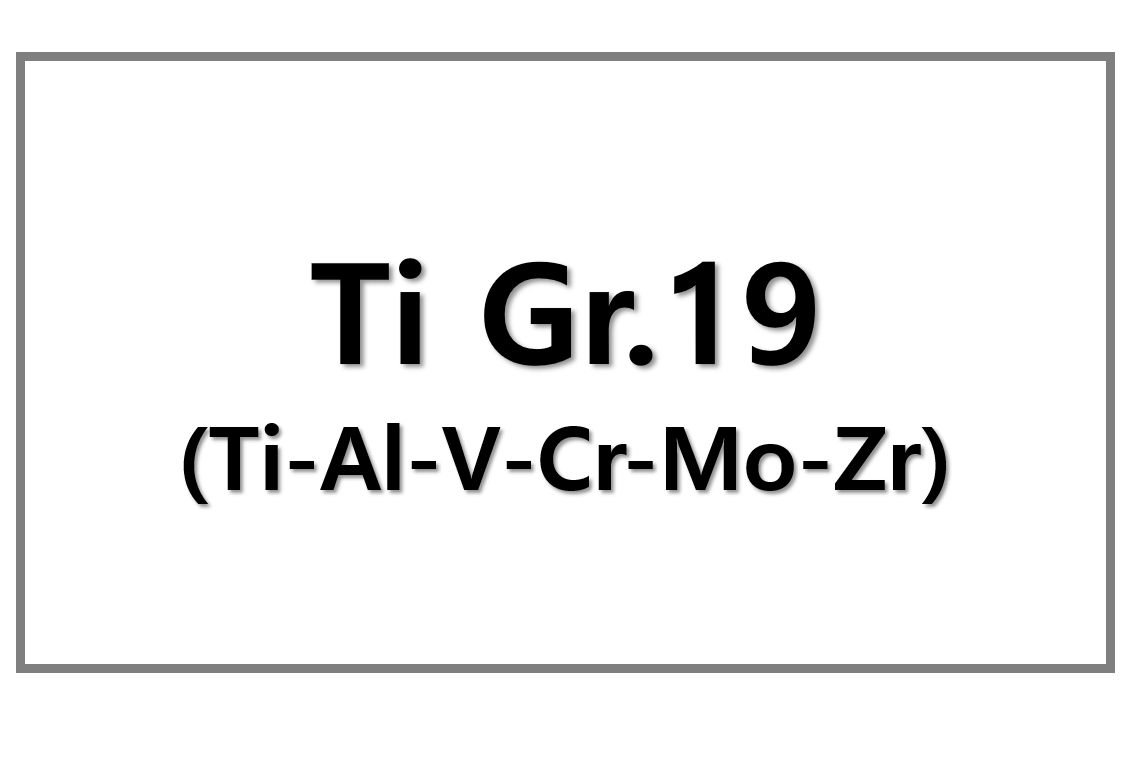
Significant Electricity Increase Needed for Clean Steel Production
The U.S. primary steel industry will require a massive increase in electricity usage, amounting to 174 terawatt hours (TWh) annually by 2050, to reduce its emissions by up to 57% and contribute to global carbon reduction goals. This dramatic rise in electricity demand is highlighted in a new report by the Clean Energy Buyers Association (CEBA). The steel industry’s shift to cleaner production processes depends on the accelerated deployment of carbon-free energy sources, including solar, wind, and battery storage, as well as reforming transmission systems.
A 159 TWh Surge from Current Practices
To reach these ambitious emissions reductions, the steel industry will need to increase electricity consumption by 159 TWh compared to current usage. This would require the deployment of at least 28 gigawatts (GW) of solar and wind resources, alongside 58 GW of battery storage by 2050. The scale of this transition highlights the urgent need for interregional transmission reforms to support the clean energy infrastructure necessary to power steelmaking processes and meet global sustainability goals.
Steel Companies Push for Clean Energy-Powered Production
Corporations are increasingly committing to sourcing steel produced with near-zero emissions processes powered by clean energy. According to Jen Snook, CEBA’s industrial sector advisor, this push for cleaner steel production is growing, but it requires proactive planning from state governments, grid operators, and electricity producers. These stakeholders must secure funding, apply for permits, and coordinate efforts to expand clean energy resources and improve regional transmission networks to meet the rising demand for carbon-free electricity.











Leave a Reply
You must be logged in to post a comment.